Room Temperature Ingredients For Baking
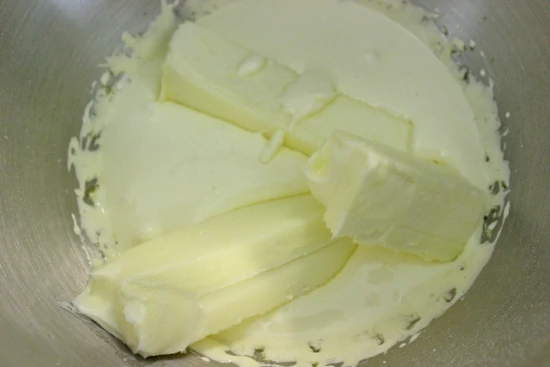
For example: 1 package cream cheese, softened
1 stick of butter, softened
2 eggs, at room temperature
Is this an annoying, finicky “recommendation”, or is there really a good reason why some ingredients have to be softened or at room temperature?
Yep, there really IS a good reason behind these instructions.
Why?
- Softened butter/cream cheese creams easier than cold and it’s much easier to incorporate ingredients evenly into the batter. You may not incorporate as much air into cold ingredients, resulting in a dense cake/muffin/cookie.
- Warm eggs will also whip up much faster and you’ll have more volume than if you’re using cold eggs.
- Adding cold eggs to softened, creamed butter and sugar will make the butter seize up and look curdled. Instead of a beautiful, evenly creamed batter, you’ll have something that looks like spoiled milk. The baked product may turn out much smaller or fall in places, etc.
I admit that it’s poky and annoying trying to remember to take out your butter and eggs ahead of time and give it time to come to room temperature. Half the time I remember and the other half I forget and I’m too impatient to wait.
Here are a few easy tricks that I use all the time. Next time you reach for the carton of eggs in the refrigerator when making a soft and billowy sponge cake (Biskvit cake), you can pat yourself on the back, knowing that your eggs will be warm in a matter of minutes. No more fear of dense, uneven cakes coming out of your oven!
For room temperature eggs:
Fill a bowl with hot tap water. Not boiling water, hot. If you burn your hand when you put it in the water, it’s too hot. Gently place the eggs in the water and in a few short minutes, the eggs are nice and warm.
For softened butter:
Cut the butter into 1 Tablespoon increments and separate, so they aren’t all sticking together.
I always do this first and then start gathering the rest of my ingredients, whisking the dry ingredients together, etc. In about 10-15 minutes, the butter is the perfect consistency.
For softened cream cheese:
This is a great tip when making frostings, cheesecakes, etc. If your cream cheese isn’t softened, no matter how long you beat it, you’ll have little bits of cream cheese throughout, instead of an even and creamy mixture. Besides, the longer you whip the cream cheese, the runnier it gets, and that’s not what you need from cream cheese.
Place the wrapped container of cream cheese into a bowl of hot tap water. If you’re not sure if the package is tightly sealed, place the cream cheese package inside a ziptop bag first and close it. In about 5 minutes, the cream cheese is softened.
Note: You can use the microwave to softened cream cheese and butter, but it’s very easy to over soften it. You have to know your microwave very well. Err on the side of caution and turn the butter/cream cheese over every 3-5 seconds, until it’s the correct temperature.

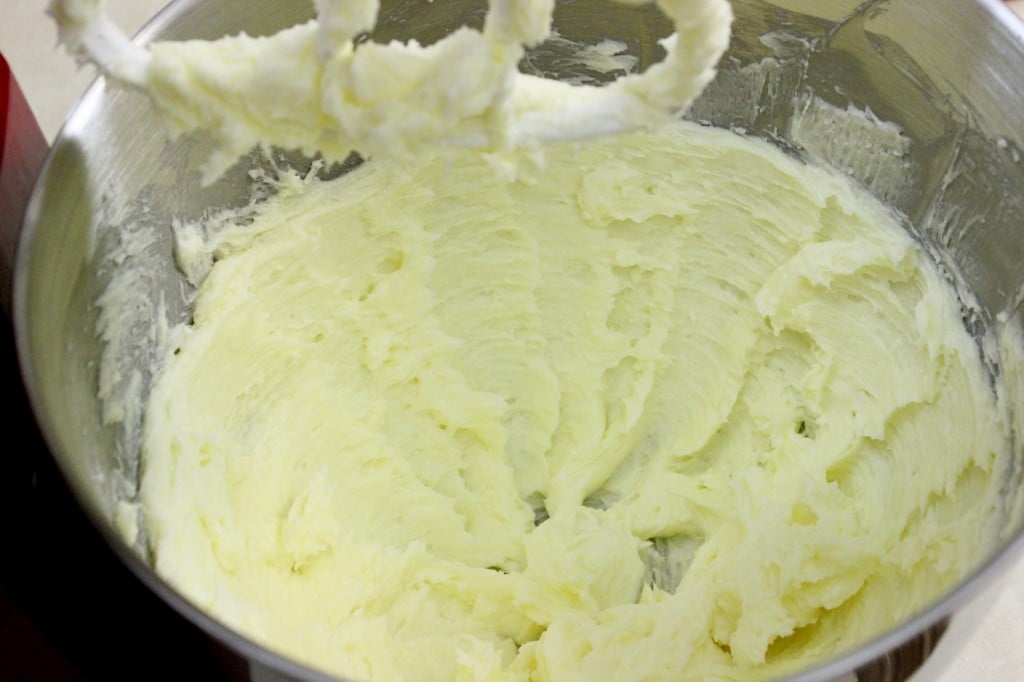
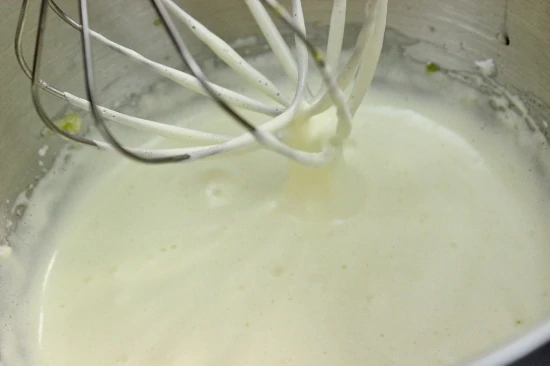
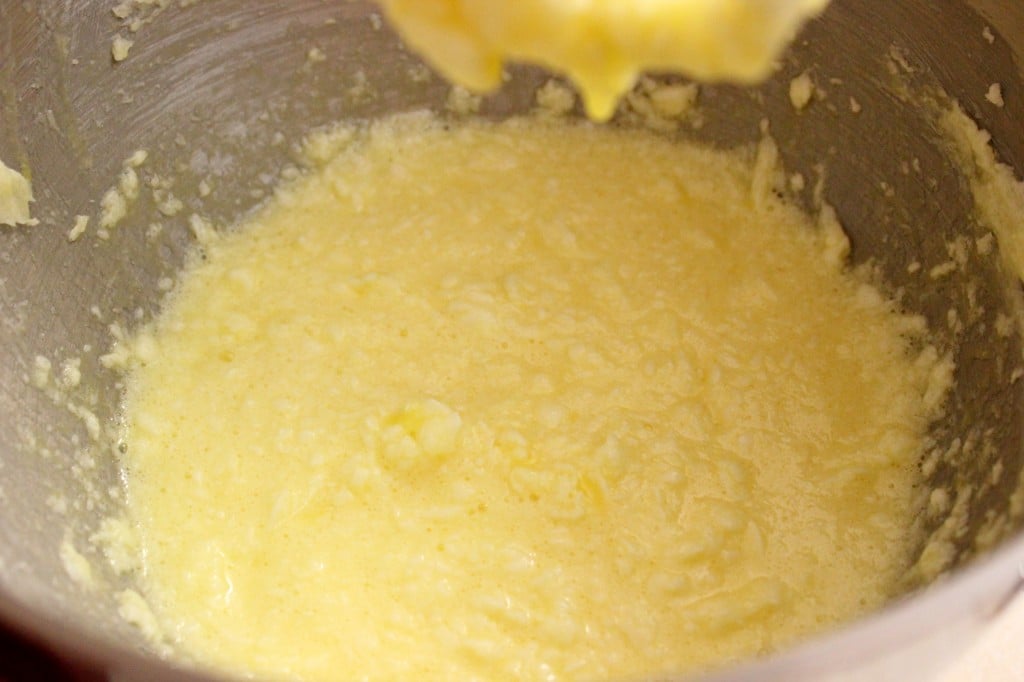
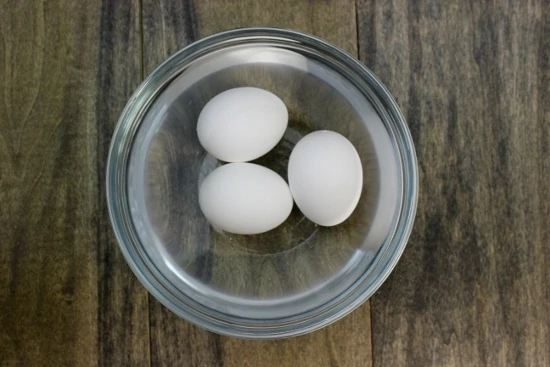
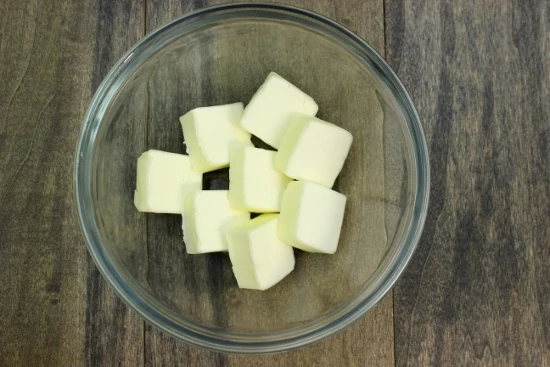
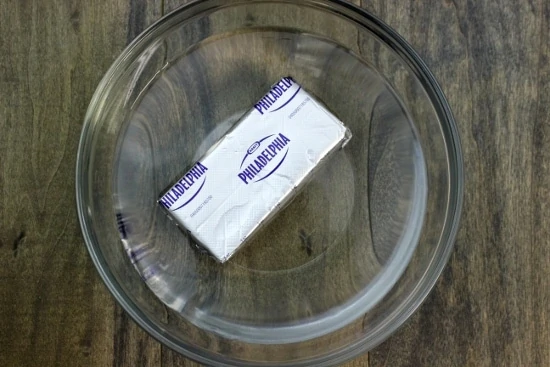
olya
Thanks, these are great tips
Olga M.
Can butter and cream cheese be “too soft”?
olgak7
Yes, they certainly can:). The butter should still have some firmness in it when you press on it. If you put your finger in the butter and it sinks right in, it’s too warm.
Oksana K
Awesome and helpful tips! thanks! 😀
elena
Thanks Olga! That explains why I got that “spoiled milk” look to my batter! I always thought that softened butter had to be “super soft”. One trick I learned about softening butter in the microwave, is to lower the “power level” setting to a lower number and then it doesn’t melt your butter it just softens it. Hope that makes sense. : )
Snezhana
Thanks so much for these tips! I always wondered why my chocolate chip cookies turned out heavy and dense and now I know why!
Thanks a lot!